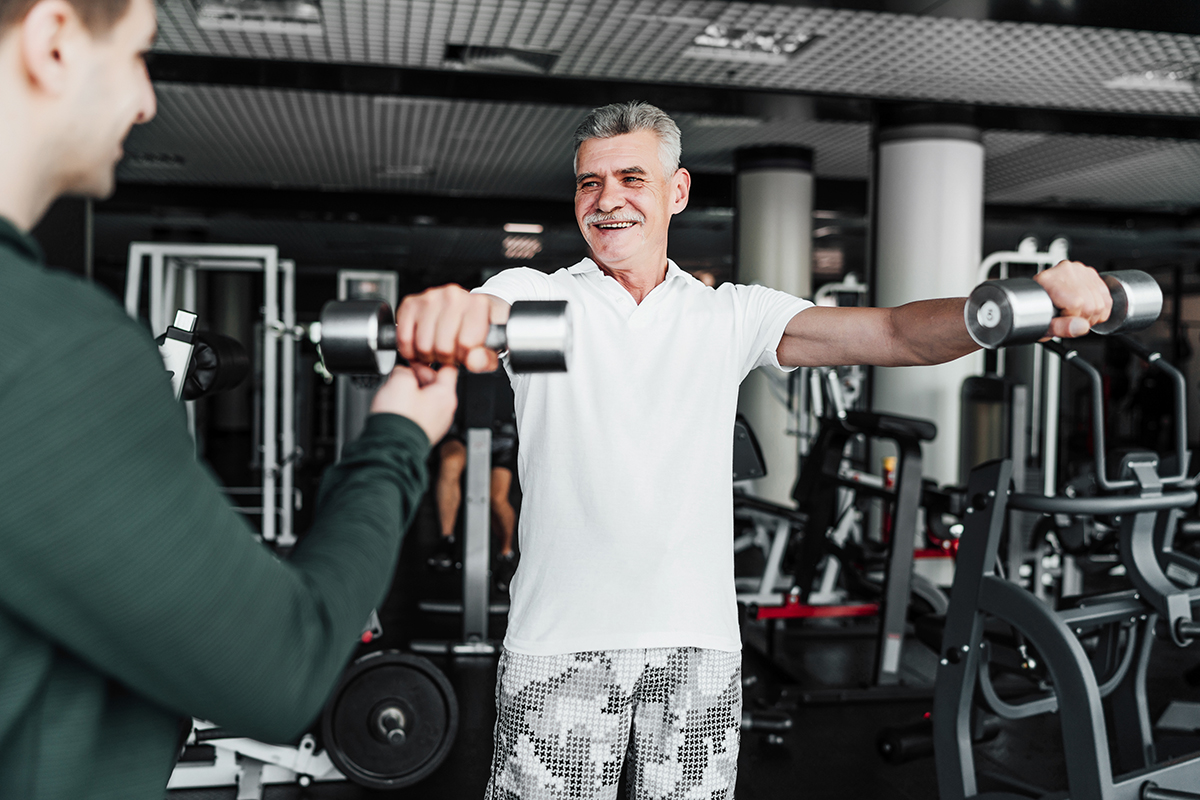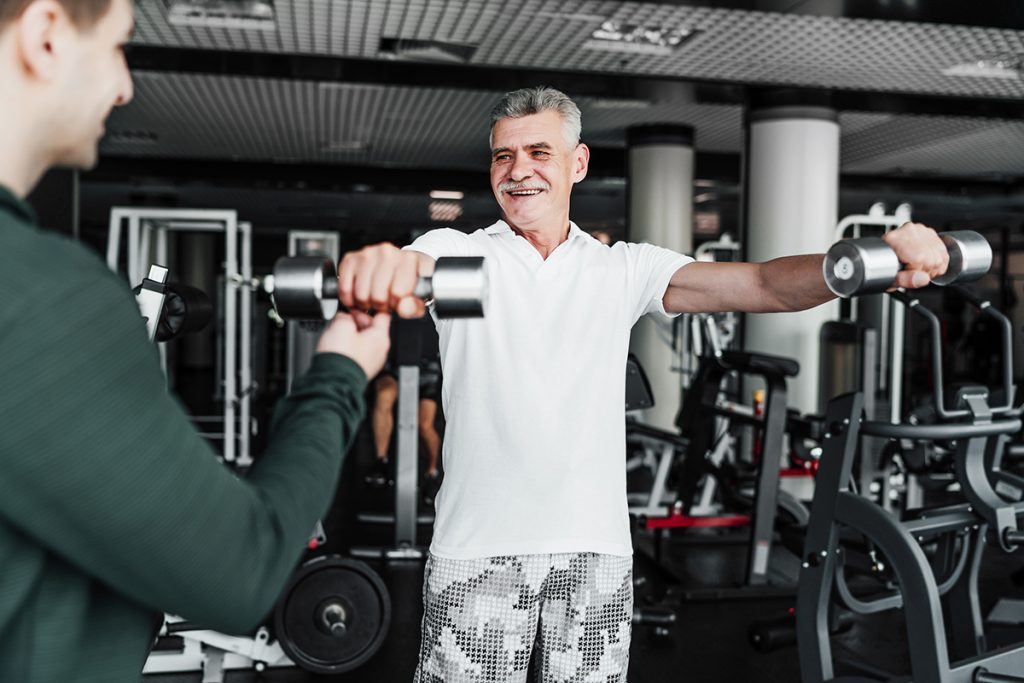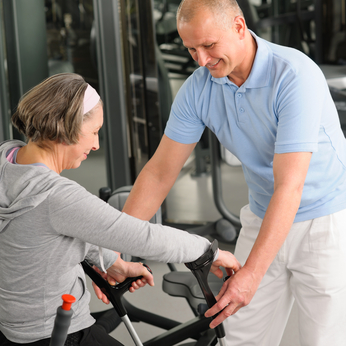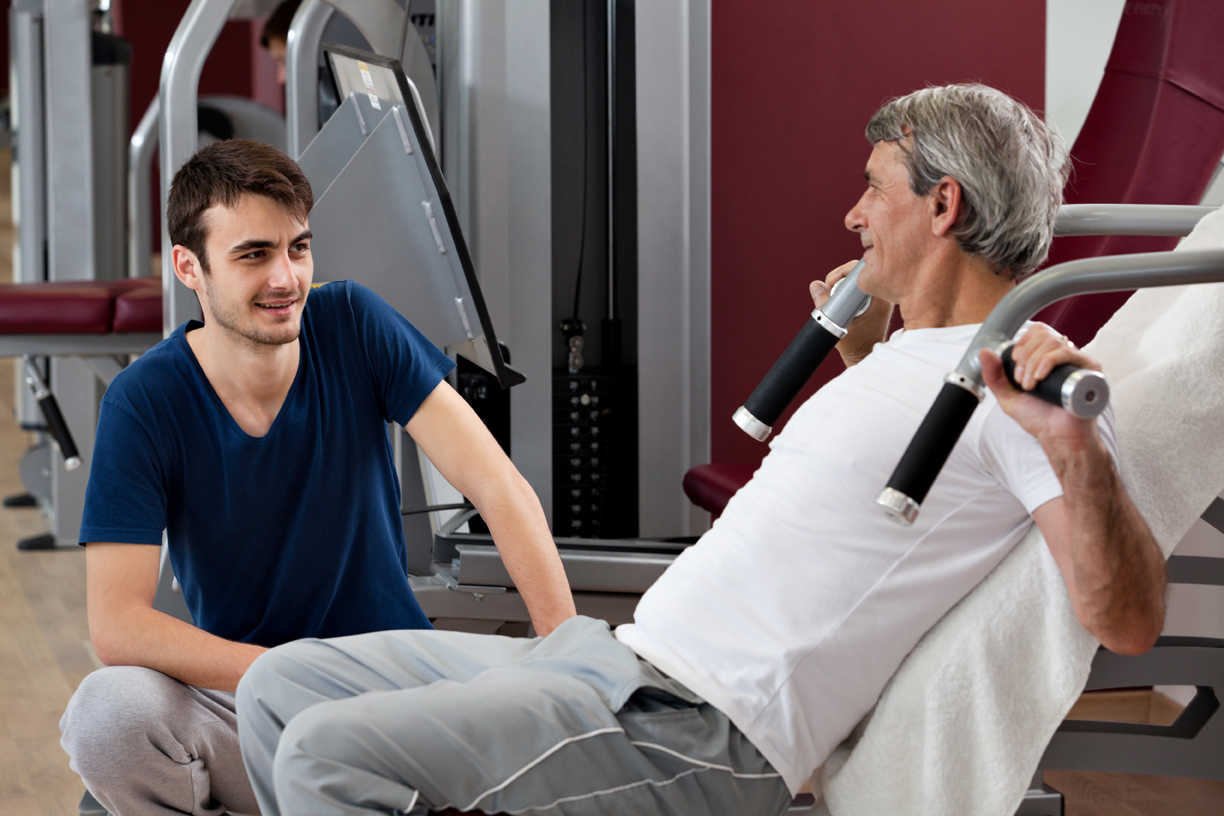Training Clients Through Crisis
*Before we begin, it is essential to look at your accrediting agency’s ‘Scope of Practice.’ Remember, as a Certified Personal Trainers, we DON’T diagnose, prescribe, treat injury or disease, rehabilitate, counsel, or work with patients. We DO perform fitness screenings, design exercise programs, coach, give general health information, refer clients to medical health professionals when needed, and work with clients.
I have been a personal trainer for over 30 years and have had clients with me for decades. You cannot work that closely for that long with human beings and NOT come across a crisis.

How do we define “Crisis”? The dictionary defines crisis as a time of intense difficulty, trouble, or danger. It includes but is not limited to death, divorce, health scares and medical diagnoses, job loss, financial struggles, family struggles, mental health journeys, injuries and illness, surgeries, car accidents, and so on.
The research is solid.
Exercise is proven to release positive endorphins and happy hormones. Exercise can be a tremendous stress and anxiety release. Exercise will not FIX the crisis but is an excellent way to cope with the problem, clear the mind, and settle the body to be in a better place to navigate the situation.
The good news is as personal trainers, we have a unique opportunity to be in the room where it happens. Physical exercise can be very cathartic for clients going through difficult situations. I cannot count the times I have had a client break down and cry in our sessions. In my own experience, numerous doctors and friends recommended I start yoga classes when dealing with high anxiety. I walked into a class taught by one of my dearest friends and almost had to leave because I was sobbing so audibly I was afraid to disrupt others’ experience. Something unlocked in me during that class. Yoga did not fix my situation or my anxiety, but it did help me navigate my situation better and soothe it for the time being.
I count it a privilege to walk alongside my clients when they are going through a crisis. But it is essential to do so professionally and avoid getting tangled in their situation yourself.
There is a visual picture that many supporting agencies or groups use when training to work with people in crisis that can also be helpful to personal trainers. The image is a large pit or hole in the ground, and the person in crisis is at the bottom of the pit and cannot get out on their own.
The dilemma is how to help that person without getting pulled down in the hole with them, but instead giving them the assistance and support to get themselves out of the hole.
Initially, we should provide a safe place for our clients to share what life is offering them at that time. It is crucial to their physical health and can affect their performance during the training sessions.
Avoid judging the story and offering advice, but rather asking questions. “What do you think is the next step to solve this issue?” Often our clients want to be heard and seen. Giving them the space to share can often lead them to the solution or the next step or provide them with the freedom to move through the grieving process, whatever the situation may be. Of course, direct your client to professional help if you feel they are in danger or experiencing extreme levels of depression, anxiety, or hopelessness. You should have referrals on hand for anything a client needs outside of your Scope of Practice! It takes a village to keep our health in check.
How do we do this and still train our clients? I certainly do not intend for you to have an hour-long listening session instead of training them. Quite the contrary; the training will help them through the crisis.
Here are some of my tricks:
- Keep them moving. I use timed exercises instead of counting reps so they can speak, be quiet in their thoughts, or listen to music.
- Allow them to have their feelings. Try to avoid telling them to feel differently than they do.
- I keep my movements simple and familiar to them to avoid overcomplicating things.
- I will pause their story, give the instruction, set the timer, and ask them to continue where they left off.
- This is also a great time to ask what music they want to hear while working out. Music has been proven to add to the enjoyment of physical exercise.
- Another trick is the slam ball. If I sense anger or frustration my client is experiencing, I offer them to take 60 seconds to repeatedly throw the slam ball as hard as they can against the floor. Depending on the privacy you have, I also allow them to vocalize their frustrations while doing it: excellent cardio work AND a massive release of stress. This is however, inappropriate in a crowded gym, but it works well if you have your own private space.
- I make them sweat! This can be helpful to clean toxins out of our system and aid in those happy hormones and endorphins.

You can be the missing puzzle piece that helps get them through.
It is a fine line between ushering your client through crisis and getting involved in their situation, but it can be done, and one size doesn’t fit all. Find the things that work for you and your client. But see them, hear them, and continue to point them to the positive benefits of working out during a difficult season of life. Their physical and mental health will benefit dramatically. It may not be the time to set huge fitness goals, but maintaining their fitness, assisting their immune system under intense stress, and helping with sleep during these times are critical to success.
In closing, I said earlier that I am privileged to walk with my clients through a crisis. And my favorite part of my job is seeing the light at the end of the tunnel. Then celebrate with them when the situation is over, or the grieving is complete. Don’t forget to point out how strong they are, how resilient they are, and not only where they were but how far they have come!
Shannon Briggs is a multi-passionate fitness professional and educator. She brings 30-plus years of experience in the dance and fitness industry. Shannon is the Personal Trainer to the Kilgore Rangerettes and helps Collegiate Fitness and Wellness Directors fill in the gaps. She leads continuing education workshops in multiple group fitness formats and topics specific to personal training.







